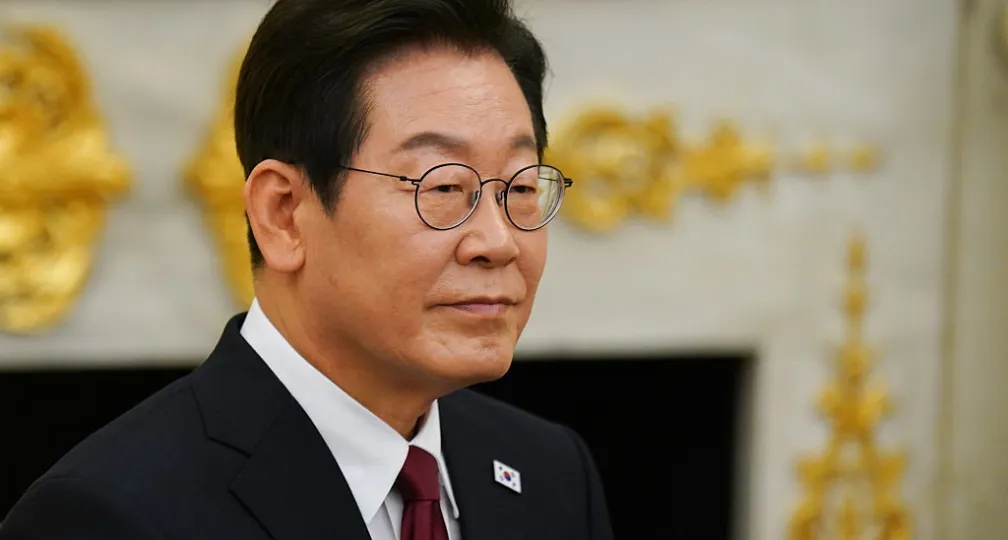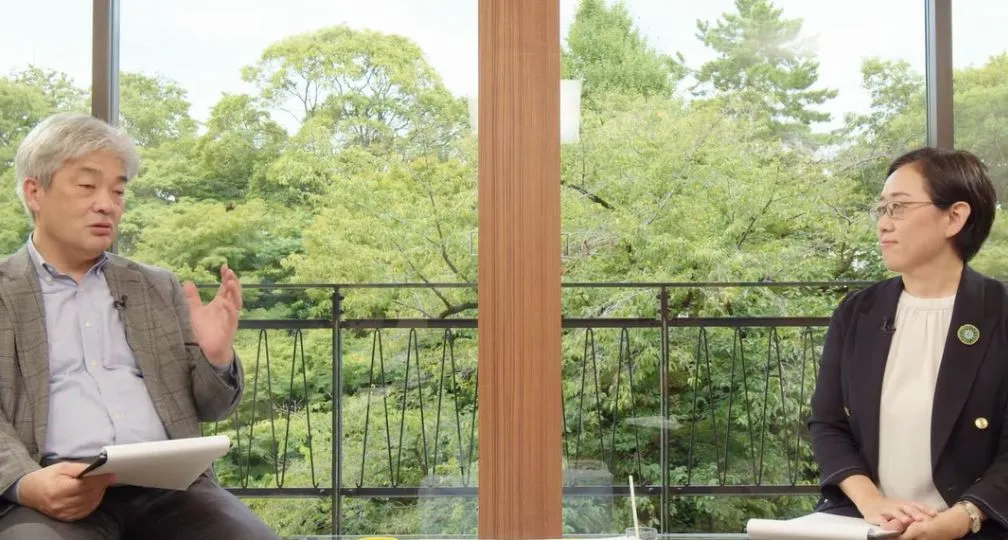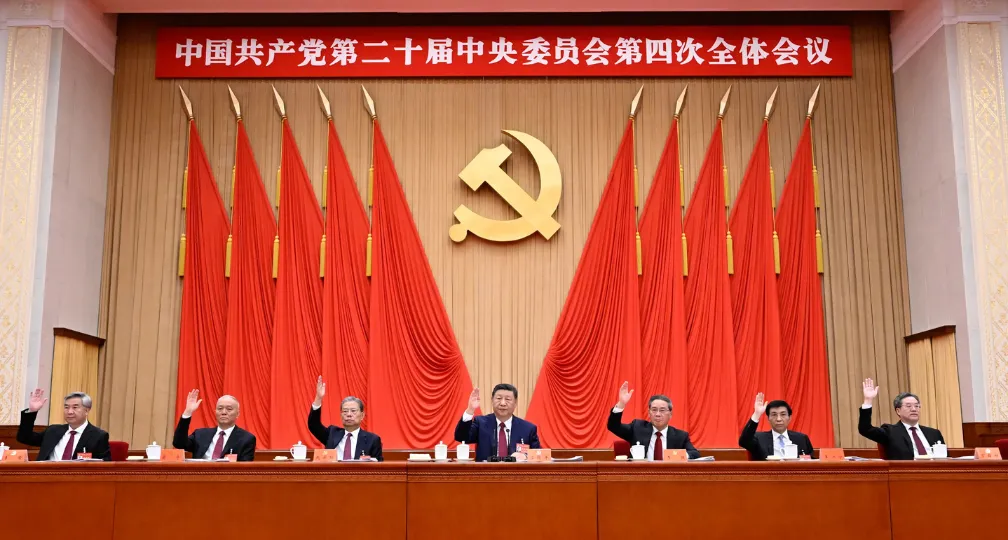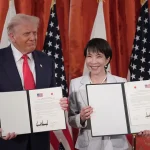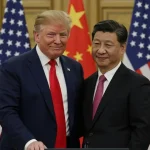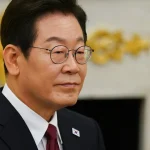Trump vs. Universities: Can the Innovation Ecosystem be Rebuilt?
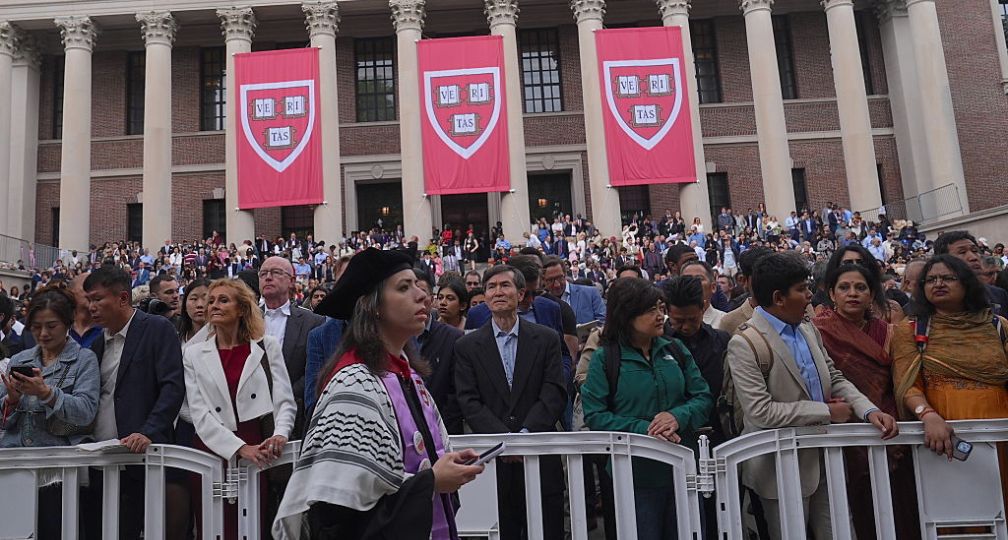
In April, more than 150 presidents of U.S. colleges and universities signed a statement denouncing the Trump administration’s “unprecedented government overreach and political interference” in American higher education.
“We are open to constructive reform and do not oppose legitimate government oversight,” they said. “However, we must oppose undue government intrusion in the lives of those who learn, live and work on our campuses.”
There’s no question that U.S. President Donald Trump’s growing campaign against American colleges and universities represents a direct intervention into academic governance, using the levers of government funding — such as subsidies and tax-exempt status — as instruments of pressure. Universities, in turn, have responded by invoking the principles of academic freedom and intellectual autonomy.
Yet since World War II, the United States has sought to construct a cross-sector innovation ecosystem, spanning both public and private actors, as a means of generating transformative ideas and technologies in order to maintain an edge over strategic rivals — an approach that has seen unprecedented success in fields as diverse as nuclear energy, artificial intelligence and life sciences for eight decades. From that perspective, the Trump administration’s actions appear almost self-destructive.
What, then, is the strategic rationale behind this confrontation? And how might it reshape the geoeconomic position of the United States?
The Trump administration’s campaign against universities has emerged from the convergence of several political dynamics.
First, an immediate trigger was the wave of protests that spread across campuses in response to Israel’s military operations in Gaza, widely denounced by students as inhumane. Trump condemned the universities’ reactions as expressions of antisemitism, repeatedly targeting leading institutions in an effort to suppress student activism. This approach converged with a broader narrative casting universities as incubators of “diversity, equity and inclusion,” fueling the administration’s antagonism toward higher education.
Second, the Trump administration’s emphasis on government efficiency became linked with efforts to restrict DEI-related research, thereby providing justification for placing universities under fiscal pressure. Independent of developments in the Middle East, immediately after taking office the administration announced mass layoffs — numbering in the thousands — at domestic research institutions, coupled with sweeping reductions in research grants. Major funders such as the National Institutes of Health and the National Science Foundation experienced deep budget cuts, leaving universities and other research institutions struggling to sustain their capacity.
Third, the administration has criticized universities in the context of U.S.-China strategic competition. Scrutiny of academic ties with China is not new; by the late stage of Trump’s first term, concerns about research integrity and security — particularly the risk of malign foreign exploitation of U.S. research — were already prominent. This past May, the Department of Homeland Security cited Harvard University’s links with China as grounds for revoking the eligibility of certain students from abroad. Yet this rationale emerged later than other justifications, such as efficiency reforms, the Israel-Gaza issue and the anti-DEI campaign, giving the impression of a post hoc argument layered onto the broader assault on universities.
On a deeper level, however, the influence of anti-intellectual currents within the Republican Party must also be considered. Historically, conservatives have often expressed skepticism toward specialized expertise, even if Cold War imperatives compelled significant investment in scientific research. The acceleration of attacks under Trump can be understood as the culmination of a longstanding anti-intellectual orientation that, combined with the factors noted above, has now surfaced with particular intensity.
Universities have long embodied the values of “freedom” and have been prominent champions of DEI. Their humanitarian response to the Gaza conflict reflects this tradition, even if their criticism was never synonymous with antisemitism. From the perspective of anti-intellectual populism, however, Trump’s rejection of DEI and denunciation of “antisemitism” can be read as part of a broader critique of universities as entrenched bastions of elite power.
In this sense, the administration’s offensive may represent an attempt to restructure the domestic power architecture that has historically underpinned U.S. knowledge production. To the extent that this effort draws legitimacy from popular skepticism toward intellectual elites — particularly among Trump’s supporters — the confrontation is unlikely to be resolved in the short term.
In March, the American Association of University Professors issued a statement condemning the president’s measures as an assault on academia, calling capitulation to those measures “appeasement.” Yet news that Columbia will pay more than $200 million to the federal government after months of negotiations with the Trump administration, as well as Harvard’s agreement to pay $500 million in exchange for restored access to federal research funds, suggests that more negotiated deals may arise.
Whether these outcomes represent the defeat of academic autonomy is not yet clear. From the perspective of the innovation ecosystem, however, the question of whether individual institutions resisted or conceded is less consequential. The administration has already moved to cut subsidies to more than 600 universities and colleges nationwide, including many that serve as hubs for international student recruitment and advanced technology research.
The reported prospect of nearly 4,000 retirements at NASA illustrates how the disruption extends beyond academia into government research bodies. Equally troubling is the fact that U.S. researchers, concerned about the deteriorating research environment, have already begun exploring opportunities abroad.
Although the administration has issued executive orders aimed at fostering “gold-standard science,” the cost of reversing brain drain and restarting stalled research is considerable. This trend points not only to the administration’s political inclinations but also to a broader weakening of the innovation ecosystem that successive U.S. governments have spent the past decade reinforcing.
The clash between the Trump administration and the academic sector has the potential to alter America’s traditional ability to convert scientific superiority into international influence. A contraction of the scientific base underpinning U.S. military power and industrial competitiveness could weaken Washington’s diplomatic leverage and reshape patterns of scientific cooperation among allied states. From a geoeconomic standpoint, building a stable and functional relationship between government and academia is essential in every modern nation.
In Japan, debates over the role of universities in national research — whether within the Ministry of Defense’s Acquisition, Technology & Logistics Agency or the Science Council of Japan — suggest that tensions in government-academia relations are not unique to the U.S. While differences in history and institutional context preclude simplistic comparison, both societies are grappling with the redefinition of academic freedom, the transformation of social norms and the risk that such tensions crystallize into ideological conflict.
Ultimately, a new consensus among government, universities and the broader public will be necessary. Achieving this will not be easy. But at a minimum, the communication process should distinguish between independence and hostility. It’s imperative that universities and government remain institutionally separate without being adversaries.
(Photo Credit: AFP / Aflo)
[Note] This article was posted to the Japan Times on Sep 29, 2025:
https://www.japantimes.co.jp/commentary/2025/09/29/japan/trump-vs-universities/

Geoeconomic Briefing
Geoeconomic Briefing is a series featuring researchers at the IOG focused on Japan’s
challenges in that field. It also provides analyses of the state of the world and trade risks, as well as
technological and industrial structures (Editor-in-chief: Dr. Kazuto Suzuki, Director, Institute of
Geoeconomics (IOG); Professor, The University of Tokyo).
Disclaimer: The opinions expressed in Geoeconomic Briefing do not
necessarily reflect those of the International House of Japan, Asia Pacific Initiative (API), the Institute of
Geoeconomics (IOG) or any other organizations to which the author belongs.
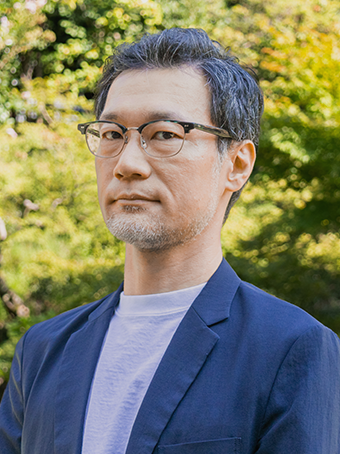

Visiting Senior Research Fellow
SAITOU Kousuke is a professor at the Faculty of Global Studies, Sophia University, Japan. He received his Ph.D. in International Political Economy from the Graduate School of Humanities and Social Sciences, University of Tsukuba, Japan. Prior to joining Sophia University to teach international security studies, he was an associate professor at Yokohama National University, Japan. [Concurrent Position] Professor, Faculty of Global Studies, Sophia University
View Profile-
 Trump’s Tariffs Might Be Here to Stay – No Matter Who’s in Power2025.11.28
Trump’s Tariffs Might Be Here to Stay – No Matter Who’s in Power2025.11.28 -
 The long road to a South Korea-U.S. trade deal2025.11.26
The long road to a South Korea-U.S. trade deal2025.11.26 -
 Event Report: The Trump Tariffs and Their Impact on the Japanese Economy2025.11.25
Event Report: The Trump Tariffs and Their Impact on the Japanese Economy2025.11.25 -
 Xi’s Balancing Act: Competition Abroad, Discipline at Home2025.11.17
Xi’s Balancing Act: Competition Abroad, Discipline at Home2025.11.17 -
 India’s Structural Reforms: Opportunities and Risks2025.11.14
India’s Structural Reforms: Opportunities and Risks2025.11.14
 Event Report: The Trump Tariffs and Their Impact on the Japanese Economy2025.11.25
Event Report: The Trump Tariffs and Their Impact on the Japanese Economy2025.11.25 Can Takaichi Build on a Successful Summit?2025.10.31
Can Takaichi Build on a Successful Summit?2025.10.31 The Real Significance of Trump’s Asia Trip2025.11.14
The Real Significance of Trump’s Asia Trip2025.11.14 The long road to a South Korea-U.S. trade deal2025.11.26
The long road to a South Korea-U.S. trade deal2025.11.26 India’s Structural Reforms: Opportunities and Risks2025.11.14
India’s Structural Reforms: Opportunities and Risks2025.11.14



